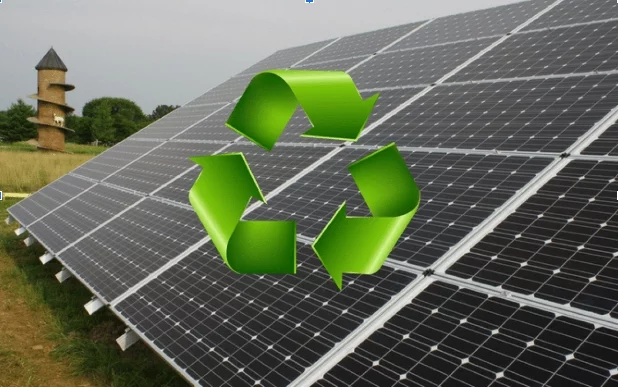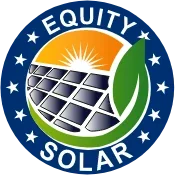How Are Solar Systems Recycled?

As the world continues to find newer ways of generating electricity, resources such as solar energy are becoming more accessible and affordable for the everyday consumer. In fact, over 400 gigawatts of solar systems have been installed all around the world. However, what happens when 20-30 years pass, and these solar systems complete their cycle? Well, many solar companies have found ways of refurbishing already used solar systems, so they can begin a new life cycle for another home. In other cases, the entire solar system may not recycle as easily, but may have parts that can. For instance, as mentioned in the Solar Energy Industries Association’s website: “Inverters can be recycled as e-Waste and racking equipment can be re-utilized with newer technology or recycled like other metals” (2020). There are even “take-back” and recycling programs under the SEIA that offer to collect the PV modules that reach the end of their life cycles. Once sent to a recycling organization, program, or company, the PV modules are then transported, processed, and resold to be used for other resources or third-party companies in other countries (2020). Given that most solar panels are made up of glass and aluminum, by over 80%, they are in fact capable of being recycled (2019). Consider switching to solar and have your first 12 months covered! It’s never too late to make the switch! Resources: (2020). “Recycling & End-of-Life Considerations for Photovoltaics.” SEIA. Retrieved from https://www.seia.org/initiatives/recycling-end-life-considerations-photovoltaics.
Why Do I Have Two Solar Bills?

After making the change to solar energy, many clients find themselves paying two bills for their electricity: a utility bill and solar bill. You may be wondering, “If I switched to renewable energy, why would I still have to pay the utility company? Wouldn’t getting a solar system allow me to pay one bill and save money?” Unfortunately, purchasing an all-roof solar system upfront is the only way to guarantee having one solar bill. There are several solar companies that misrepresent this fact and rely on the client’s belief that their solar system will power their home at 100% capacity. In most circumstances, clients that choose to finance their systems and/or only install on a segment of their roof may be required to use 40% capacity from the utility company when their solar system solely generates 60% capacity. Therefore, when choosing to switch to solar, be sure to clarify all of the information present and reread any contracts before signing them. There are typically two bills involved when switching to solar, one being the utility bill add-ons and the other being the solar financing bill. In reality, your utility bill should be broken down into three segments: The “service charge and fees” are the basic rates applied to all clients that switch to solar. These charges secure your connection to the grid and will not fluctuate once your solar system is activated. The taxes required for your solar system are “calculated based on grid-electricity use,” meaning you pay depending on how much electricity you consume. These taxes may already be included in the price, or can be shown divided out in the bill. Finally, the “energy use” charge is only calculated from the kilowatt-hours of energy consumed from the grid. So, as long as you power strictly from your solar system there should be no charge! Next comes the solar bill. Most clients in addition to this breakdown have to pay for their financing plan, unless they are able to pay cash for their system. For those who choose to finance, there are three options available: A solar lease is a financing bill that has a fixed price every month. The amount is dependent on how much power your system was setup to generate over its lifecycle. A solar PPA is a fixed price per kilowatt-hour you use from your solar system. In other words, as you use more energy in the summer, you bills will likely be higher than in the fall or winter months. However, you will actually end up saving more in this season than others. Finally, a solar loan is a proposed price energy bill that stays constant until paid off. With solar leases and solar PPAs, the homeowner will pay the solar company for the financing plan; whereas, with the solar loan, the homeowner will have to pay the creditor chosen. Any leftover expenses required at the end of the year will post in your Annual True-up statement once energy consumption charges and credits are balanced. However, if balanced out to zero, you will have no charges to pay at the end of the year. All in all, while switching to solar may seem like a lengthy process with quite a few expenses, it is definitely worth the change! Remember that rebates and tax credits will be applied to your bills, your calculated savings will be greater than those from your utility company, and you will get to make the environment a safer place to live when using sustainable energy (“Solar bills explained”)! Make the #switchtosolar with Equity Solar today! Resources:“Solar bills explained.” (n.d.). Vivint.Solar. Retrieved from https://www.vivintsolar.com/learning-center/solar-bills-explained.

